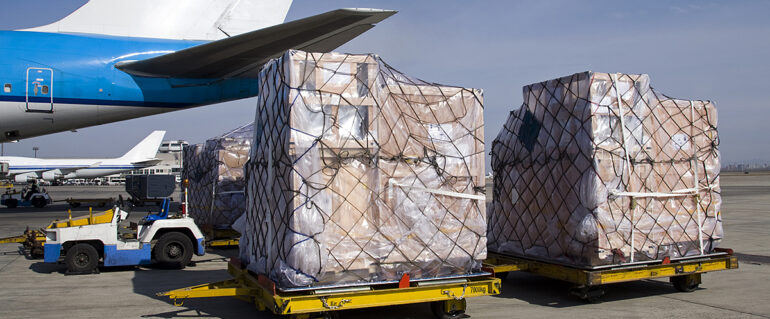Alaska is the largest state in the United States and is known for its vast wilderness, stunning landscapes, and unique climate. Shipping goods to Alaska requires careful planning, especially considering its remote location and challenging weather conditions. In this guide, we will look at each season and provide valuable insights on what to expect year-round when you need to ship freight to Alaska.
First, it's good to know what unique factors influence shipping to Alaska. The state's geography, with its rugged terrain and vast distances, poses significant challenges to transportation and logistics. Plus, Alaska experiences extreme weather conditions, including harsh winters, long periods of darkness, and limited accessibility by land or sea. Considering these factors, selecting the optimal time for shipping becomes crucial.
Winter (December to February):
Winter in Alaska is characterized by freezing temperatures, heavy snowfall, and shorter daylight hours. Shipping during this period can be challenging, especially to more remote locations. Ice roads, such as the famous Dalton Highway, become an important transportation route in certain areas. However, it's crucial to note that ice road conditions can be unpredictable and subject to closures due to severe weather conditions. Shipping during winter should be approached with caution and contingency plans in place.
Spring (March to April):
Spring in Alaska is a season of transition. While the weather starts to improve, snowmelt and thawing can lead to muddy roads and difficult driving conditions. This can cause delays and challenges in transporting goods. However, shipping becomes more feasible as the season progresses and road conditions stabilize. You may want to plan shipments later in spring when the weather has improved but before the peak summer shipping season begins.
Summer (May to September):
Alaska's summer months offer the best conditions for shipping goods. The warm weather, extended daylight hours, and improved road conditions make transportation more manageable and efficient. During this time, many shipping routes and ports, such as Anchorage, Juneau, and Fairbanks, are fully operational, providing a range of options for shipping your goods. Additionally, the summer season aligns with the peak tourism period, leading to increased availability and more frequent shipments.
Fall (September to November):
The fall season marks the transition from summer to winter in Alaska. While the weather begins to cool down, shipping remains relatively smooth during early fall. However, unpredictable weather patterns, including storms and potential disruptions, become more common as the season progresses. If possible, take advantage of the relatively stable conditions before winter begins.
Here are some helpful tips for shipping to Alaska:
- Consider using a shipping company that specializes in shipping to Alaska, like Alaska Air Forwarding. We understand and are experienced in handling the unique challenges of shipping to the state, such as the remoteness and the cold weather.
- Be sure to pack your items in sturdy boxes or containers. The boxes should be well-sealed to prevent moisture from getting inside and load the contents with plenty of packing material to avoid damage during the long transit.
- Label your packages clearly with the destination address and your contact information.
- Consider shipping your items early, especially if you are shipping during summer when demand is high.
Considerations for Specialized Goods:
When shipping perishable goods or items like fresh produce or medicines, it is critical to maintain proper temperature during transportation. KFF shipping prevents goods from freezing in Alaskan weather with insulated containers, refrigeration units, heat packs, and ice packs, depending on what you’re shipping and transit duration. For KFF shipments, tightly pack, label "Keep from Freezing," and check temperature upon arrival. In summer, when temperatures are milder, specialized containers may not be necessary for shipping perishable goods.
No matter the time of year, shipping freight to Alaska requires careful consideration. Knowing the expected weather conditions, road accessibility, and logistical challenges helps you have realistic expectations for delivery. While summer offers the most favorable conditions, early fall and late spring can also be suitable for shipping. Winter shipping should be approached with caution due to extreme weather conditions. By understanding these seasonal dynamics and working with experienced logistics providers, you can ensure your goods reach Alaska efficiently and on time.
As mentioned, Alaska Air Forwarding specializes in shipping to Alaska. Our experienced team can access the most remote areas in Alaska to ship your freight door-to-door, where no other shipping company can. Need assistance packing your shipment? Call us at 800-426-0004 for more info on our packing, crating, and other services.






